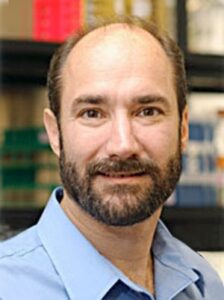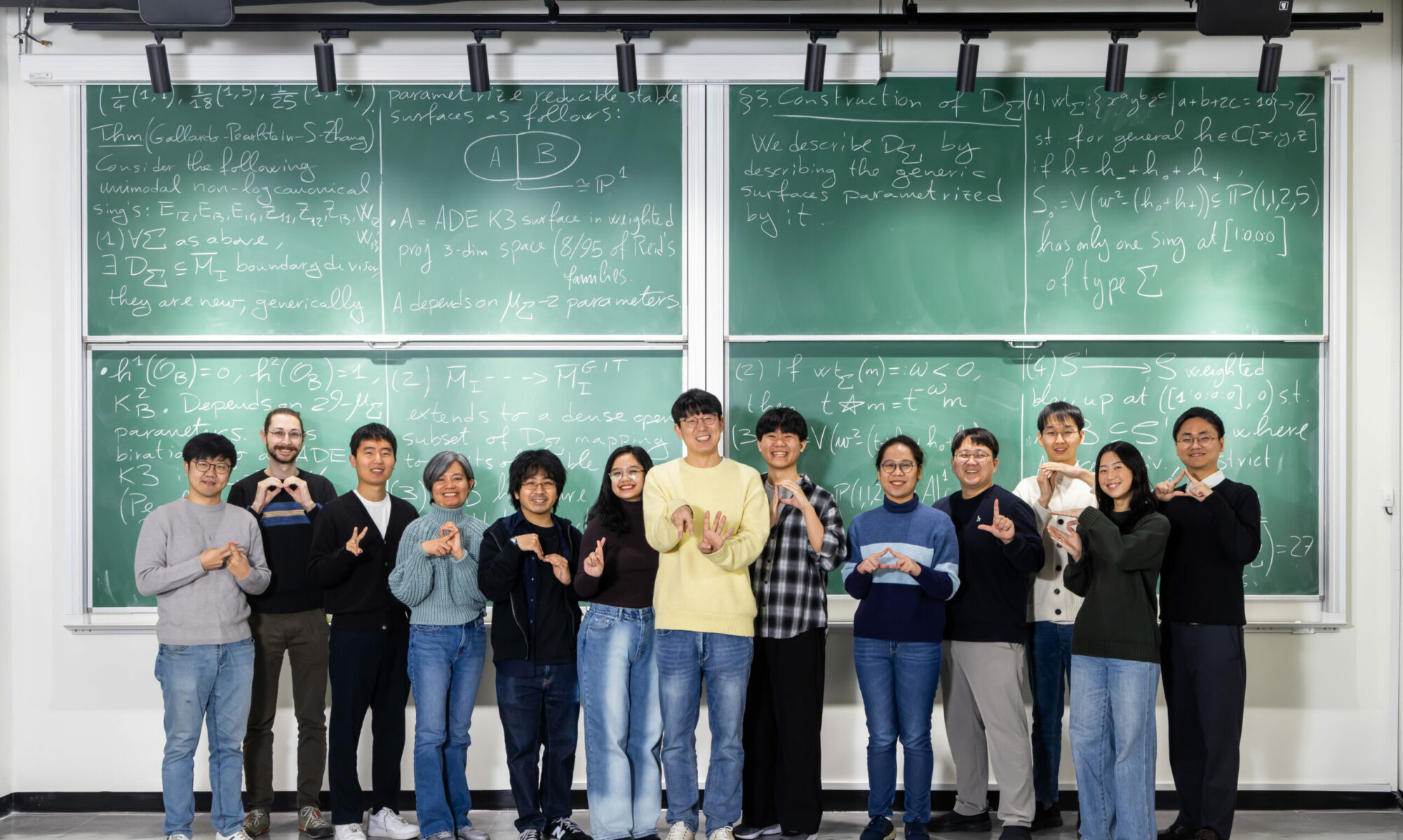
Disrupting Heathcare Using Deep Data and Remote Monitoring – Michael Snyder
ZOOM ID: 997 8258 4700 (Biomedical Mathematics Online Colloquium) (pw: 1234)Abstract Our present healthcare system focuses on treating people when they are ill rather than keeping them healthy. We have been using big data and remote monitoring approaches to monitor people while they are healthy to keep them that way and detect disease at its earliest moment presymptomatically. We use advanced multiomics technologies (genomics, immunomics, …












